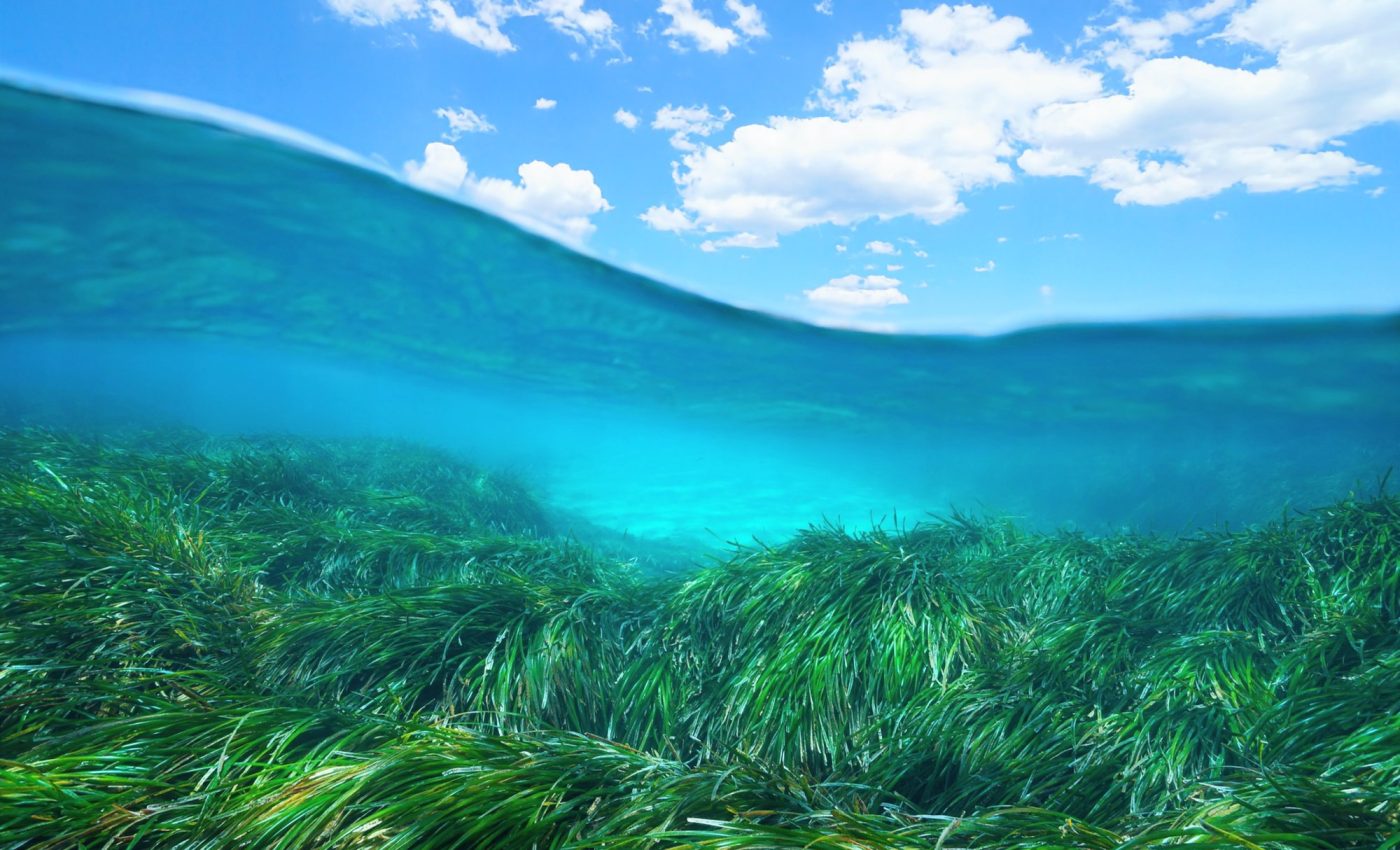
Seagrass meadows filter human pathogens, making seafood safer
Beneath the ocean waves, a green oasis exists that often goes unnoticed: seagrass meadows. Think of them as the underwater equivalent of your local park. However, a recent study reveals that these meadows offer significant public health benefits that demand our attention.
The study, led by Joleah Lamb from the University of California, Irvine, and joined by Drew Harvell from Cornell University, brings forth an intriguing linkage.
The research reveals that these peaceful underwater prairies have a potent protective weapon – the ability to drastically reduce bacterial pathogens in marine bivalves.
A silent crisis
Diseases from marine environments impacting humans leave an annual economic dent of a staggering $12 billion.
Now add to this the ominous specter of antibiotic resistance, which is forecasted to cause over 300 million deaths and cost the global economy a heart-stopping $100 trillion.
It’s not tough to see why natural barriers like seagrass ecosystems are not just incredible, but vital.
“Our paper presents the first evidence that coastal urban seagrass ecosystems can reduce human bacterial pathogens, several with known widespread antibiotic resistance, in a food source that has the potential to support over half of global seafood production and consumption,” said Lamb.
Seagrass meadows and bacterial pathogens
When the dedicated research team undertook a comprehensive inspection of mussels collected from 20 different beaches in the picturesque Puget Sound, they focused on areas that exhibited varying degrees of seagrass presence.
The findings were nothing short of astounding. Mussels thriving in regions enriched with seagrass demonstrated a remarkable 65% reduction in bacterial pathogens compared to their counterparts from areas devoid of seagrass.
This significant decline highlights the crucial role that seagrass plays in enhancing the health of marine ecosystems, providing not only habitat for various marine species but also contributing to the overall water quality in these coastal environments.
The implications of such research underscore the importance of preserving seagrass habitats to support healthier populations of marine life, including mussels, which are vital indicators of ocean health.
Seagrass meadows and seafood safety
On their own, these findings are remarkable. But when coupled with previous research by Lamb and Harvell, which demonstrated a similar fall in pathogenic bacteria in Indonesia’s seagrass meadows, they paint an even larger picture.
It seems that flourishing seagrass ecosystems could play a critical role in advancing public health and guaranteeing safer seafood the world over.
“Seagrasses have untapped potential to contribute to the chain of survival for humans and our coastal biodiversity,” Harvell said. “Seagrass meadows are prime feeding grounds for wild birds and shelter crabs, oysters, mussels and sea stars, and so the role of lower bacteria has yet unmeasured benefit for wildlife as well as humans.”
Beyond health benefits
But wait, the rabbit hole of seagrass benefits goes deeper. Beyond health, Lamb emphasizes that seagrass meadows provide myriad public health benefits, including nutrient cycling, carbon sequestration, and shoreline protection.
Moreover, the study uncovers a worrisome fact – a substantial 1.1 billion people live within a 50-kilometer radius of seagrass ecosystems.
Tragically, these ecosystems are disappearing at an alarming rate of 7% per year, thereby opening the door for urban planning and conservation strategies to incorporate these natural defenses.
Clarion call for conservation
“As ecosystems continue to decline globally, there is an urgent need to invest in environmental conservation and assess the value of ecosystem services,” Lamb said.
“By doing so, we can make significant strides in addressing the biodiversity and climate crises while simultaneously improving human health and food security.”
Backed by esteemed institutions such as the Sea Doc Society, the University of California, Irvine, and The Nature Conservancy, the findings of this study call for serious attention and action.
From sea to sushi roll
Ever pondered how your sushi roll is connected to the health and biodiversity of marine ecosystems? The humble seagrass plays a silent but significant role in ensuring the health and sustainability of your seafood platter.
So, the next time you indulge in a tasty morsel of seafood, take a moment to appreciate the silent hero that is the seagrass meadow. It’s a nod to our interconnectedness and a reminder of nature’s often overlooked solutions to our most pressing challenges.
The study is published in the journal Nature Sustainability.
—–
Like what you read? Subscribe to our newsletter for engaging articles, exclusive content, and the latest updates.
Check us out on EarthSnap, a free app brought to you by Eric Ralls and Earth.com.
—–













